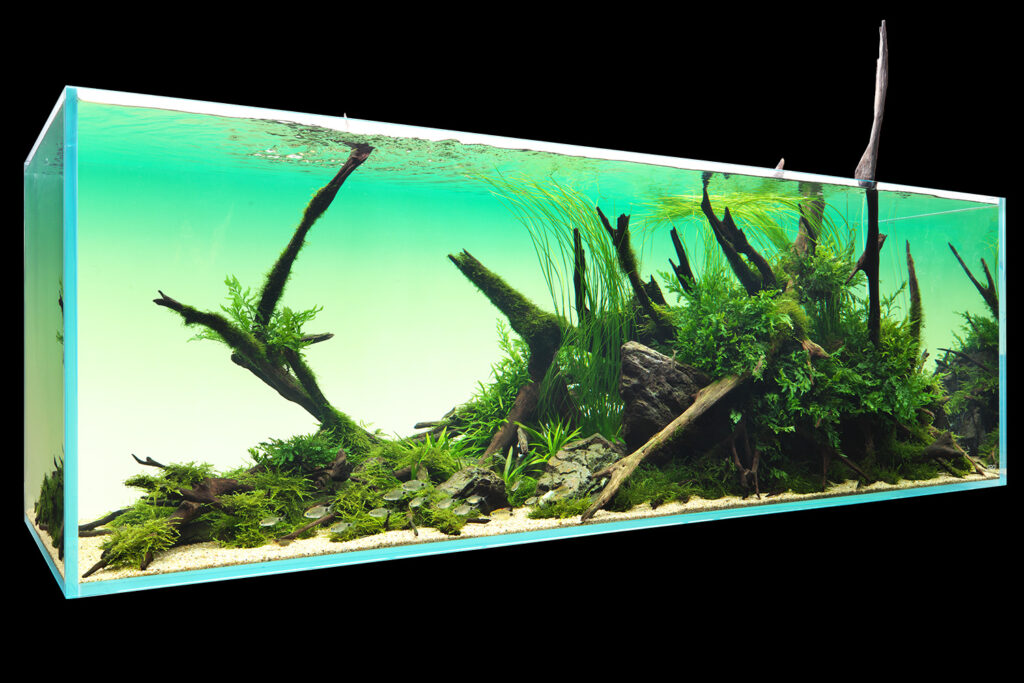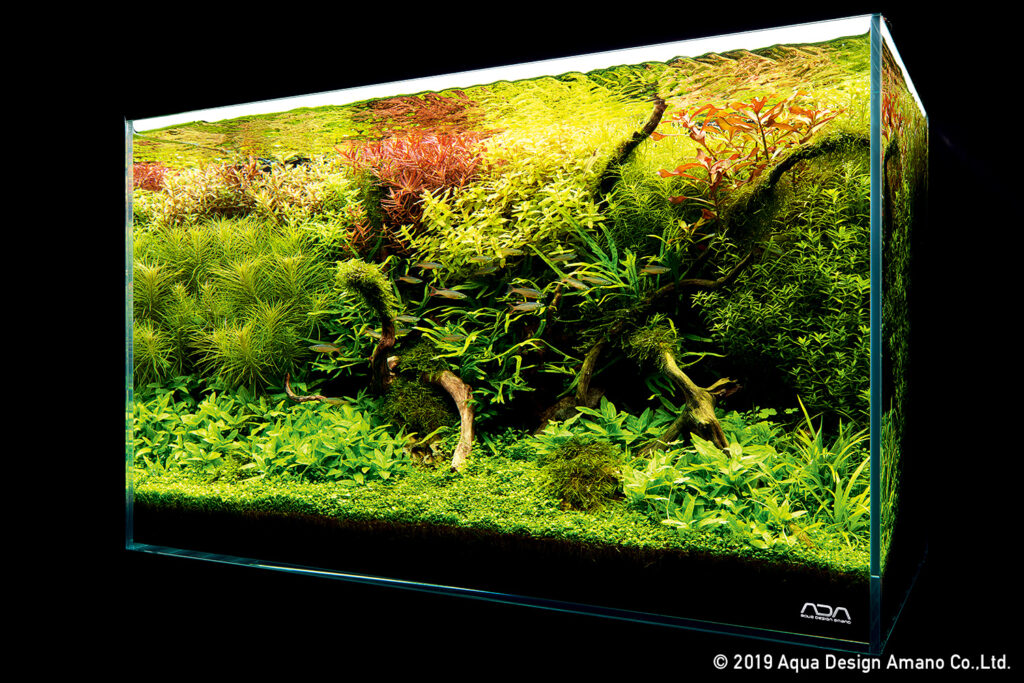
Getting started with aquascaping is not tricky. Like any other hobby, it takes time, dedication, and extensive study. With the following article, we aim to give you some basic knowledge of aquascaping. We will follow up with some valuable tips, general rules, types of plants, fish, and a list of some of the best in the world.
Read on…
Aquascaping is essentially gardening underwater. It is both an art and science. It is art when arranging aquatic plants and rocks, cave work, stones, or driftwood, ensuring visual appeal within an aquarium. It is a science in understanding and learning nature’s way of doing things. Aquascape designs incorporate many unique styles. Usually, an aquascape consists of fish and plants. However, it’s possible to produce an aquascape with just plants, rockwork, other hardscapes, and no plants.

Even though the primary goal of aquascaping is to construct an artful underwater landscape, the technical/scientific aspects of aquatic plant maintenance are just as important. Many factors must be in balance in the closed system of an aquarium tank to make sure the aquascape is successful. These factors include:
- Maintaining the levels of CO2 (carbon dioxide) to support photosynthesis underwater.
- Proper Filtration.
- Adequate Lighting.
- Algae control.
- Substrate and fertilization.
Some aquascape hobbyists trade plants, create contests and share photos and information using the internet.
Along with the design, freshwater aquascaping also requires specific methods to maintain healthy plants underwater. Some people frequently trim the plants to the desired shape and position them by tying them discreetly with a string. The majority of serious aquascapers(yes, it is a word in our community, and no, it is not yet in the dictionary!) utilize aquarium-safe(fish safe) fertilizers, most commonly in liquid or tablet form, to aid the plants in filling out/growing more quickly. It’s also essential that it supports photosynthesis by providing light and carbon dioxide. Another critical factor to consider is lighting. Various lighting systems offer the full spectrum of light needed for the plants to thrive, generally at 2-4 watts per gallon. These lights, usually controlled using a timer, enables the plants to adjust to a set cycle. In our world, there are two types of scapes—Low-tech & high-tech. As the names suggest, low-tech use low technology to run and maintain the scape, whereas there will be many dependencies on external technologies in a high-tech scape. Of these, the most common is a carbon dioxide diffuser. This would also depend on the number of fish and plants the aquascape has.
In our next article, we will talk about some valuable tips on aquascaping.